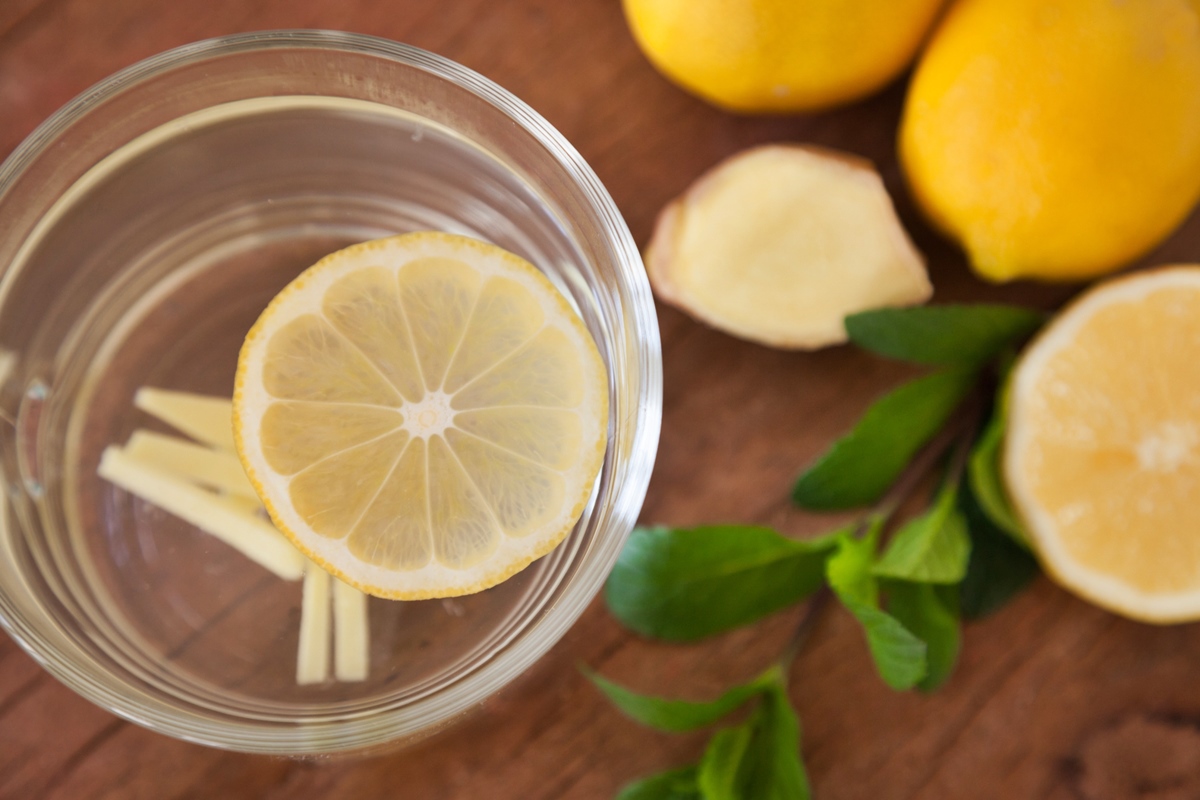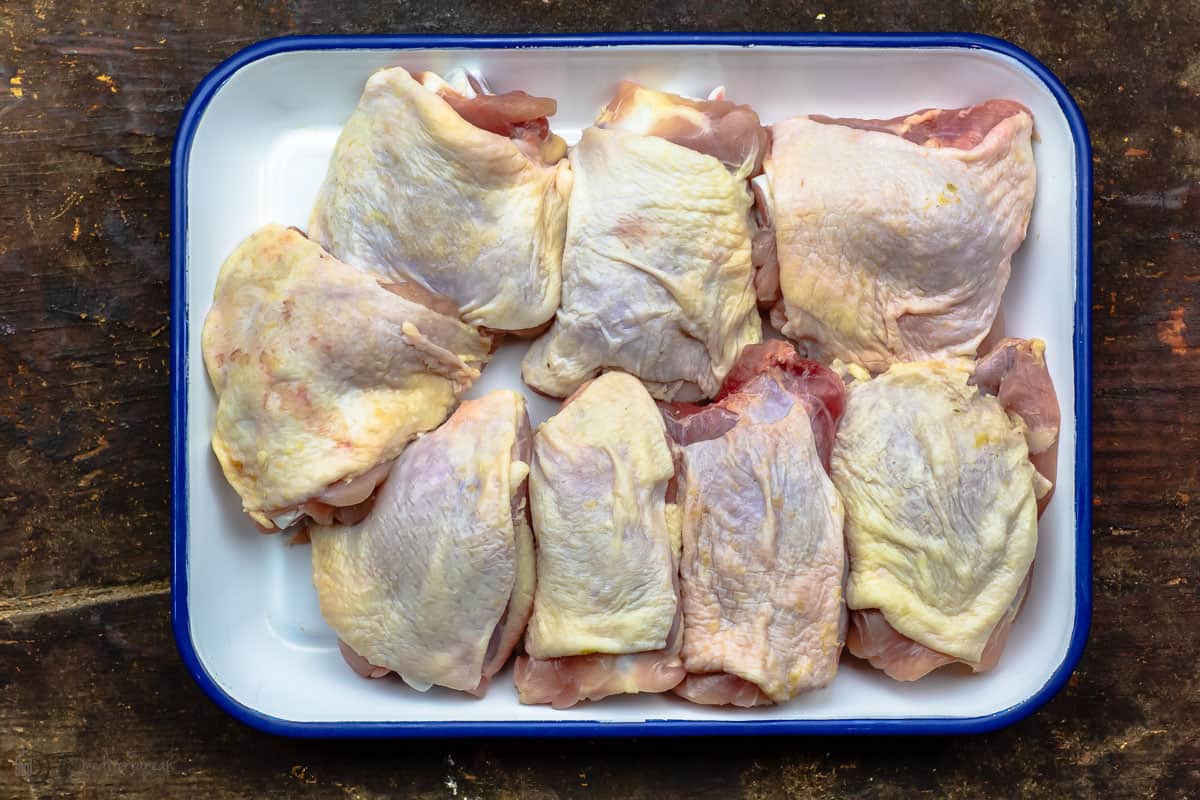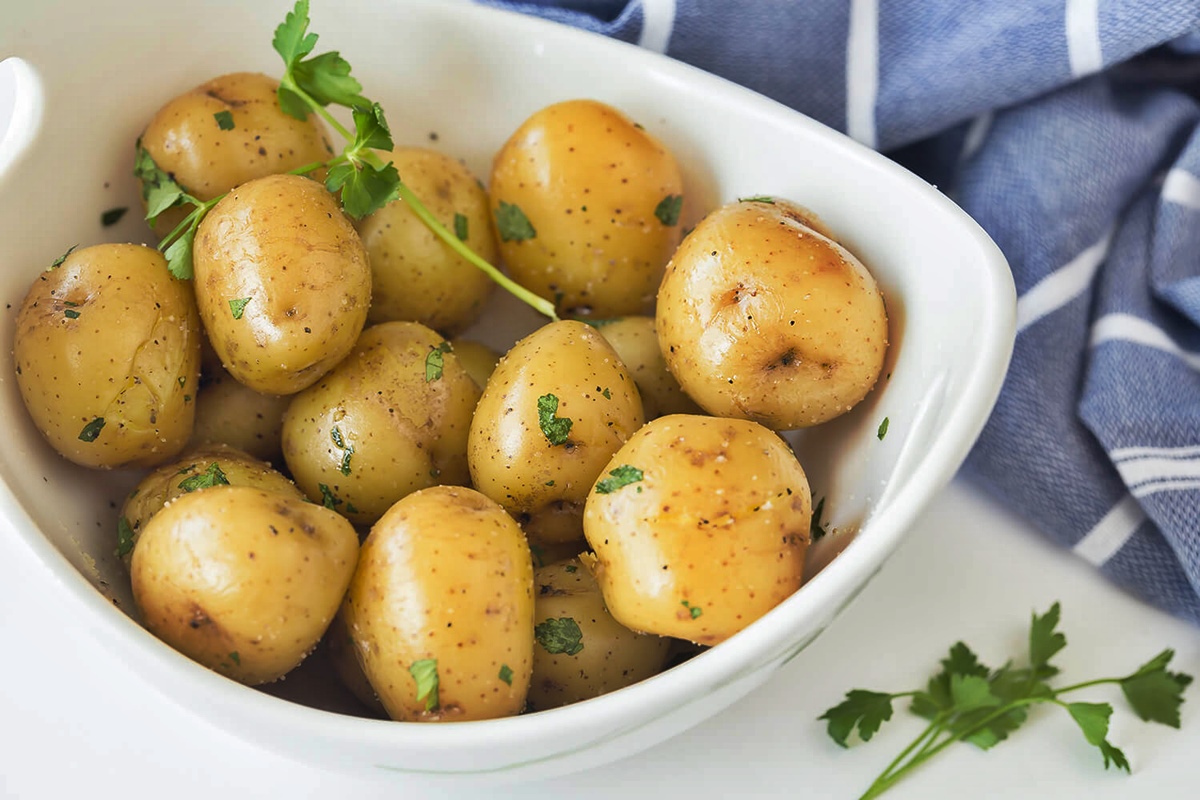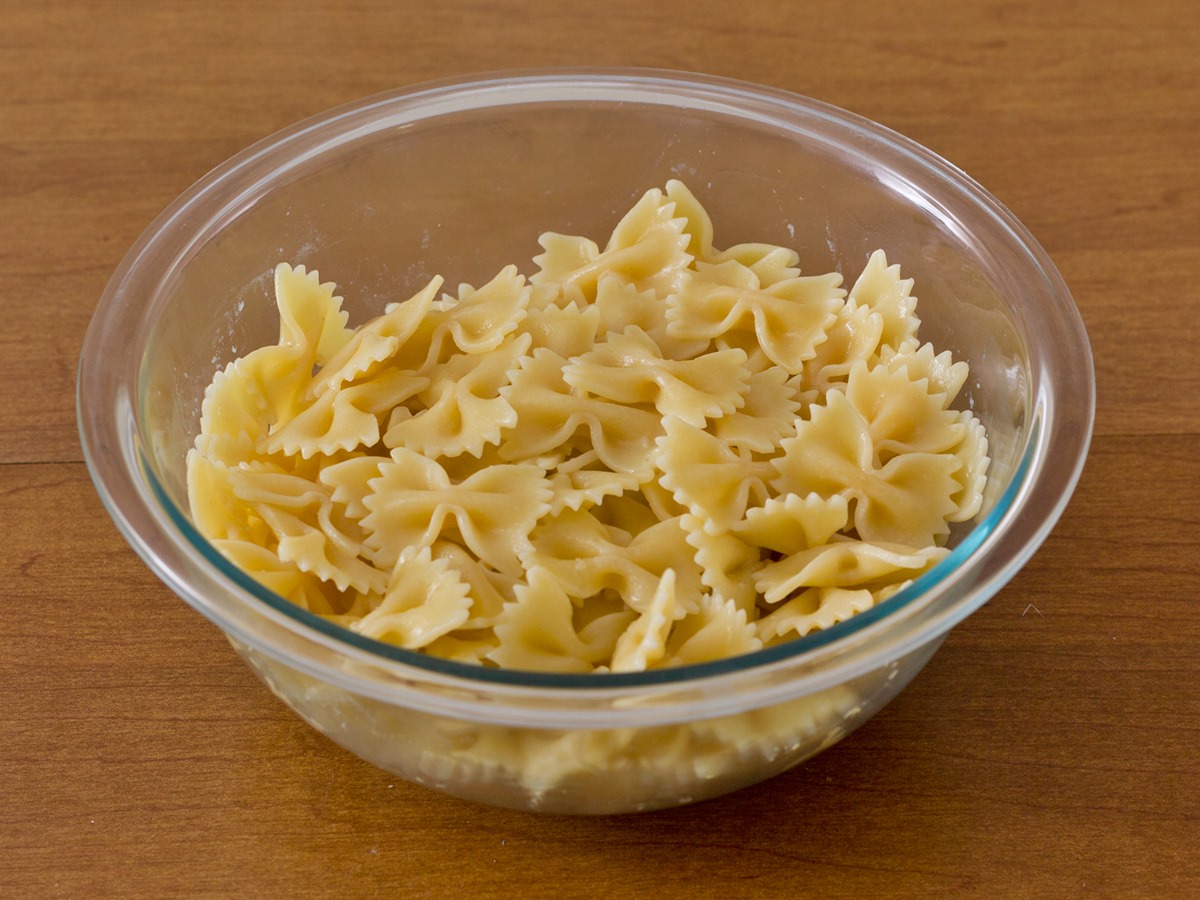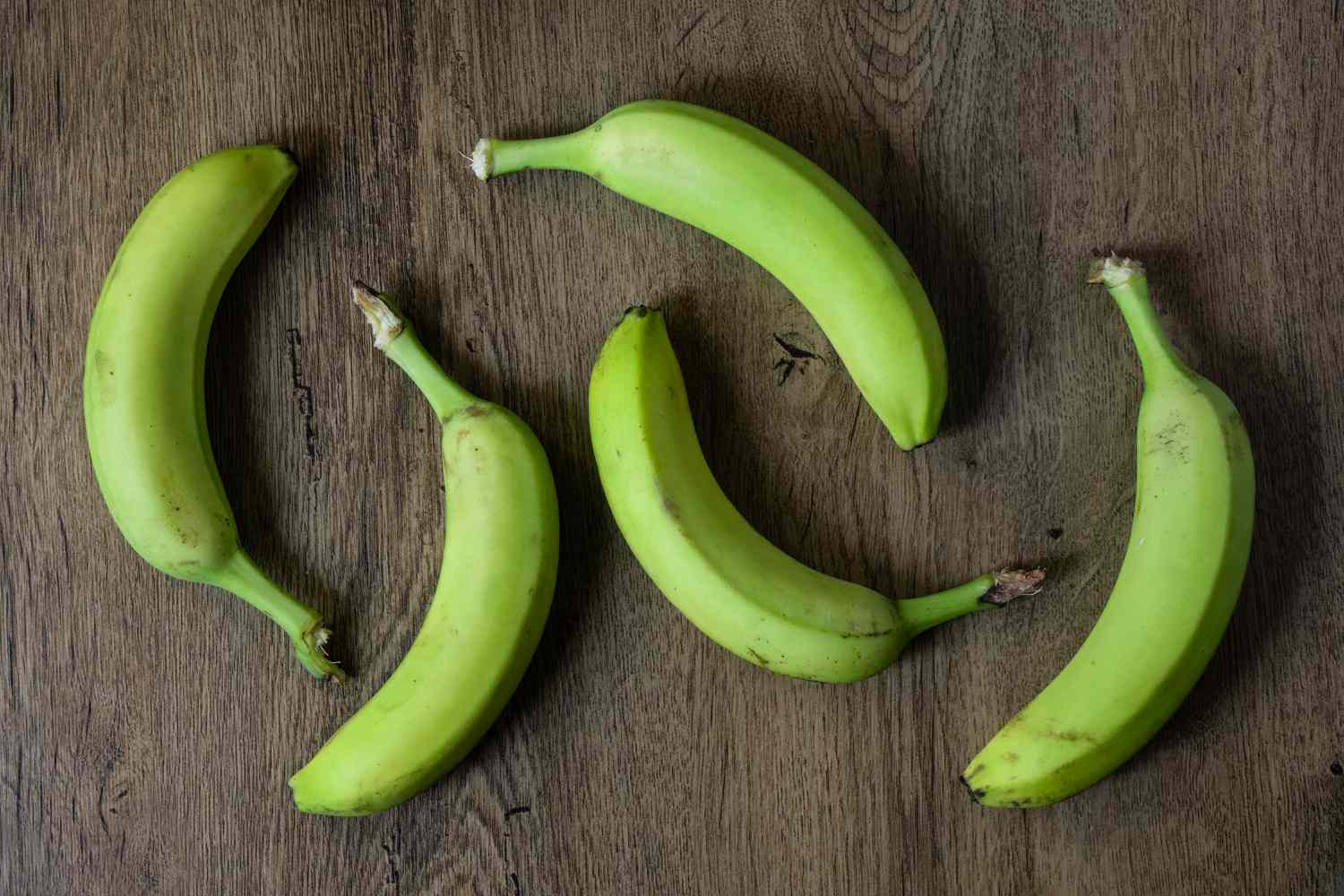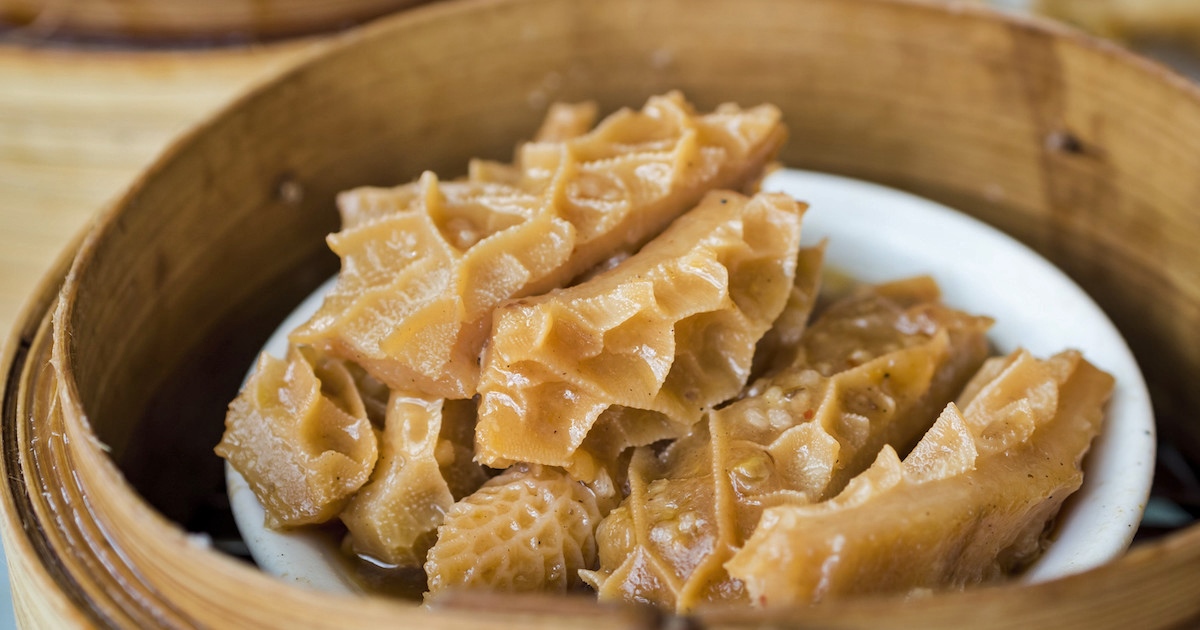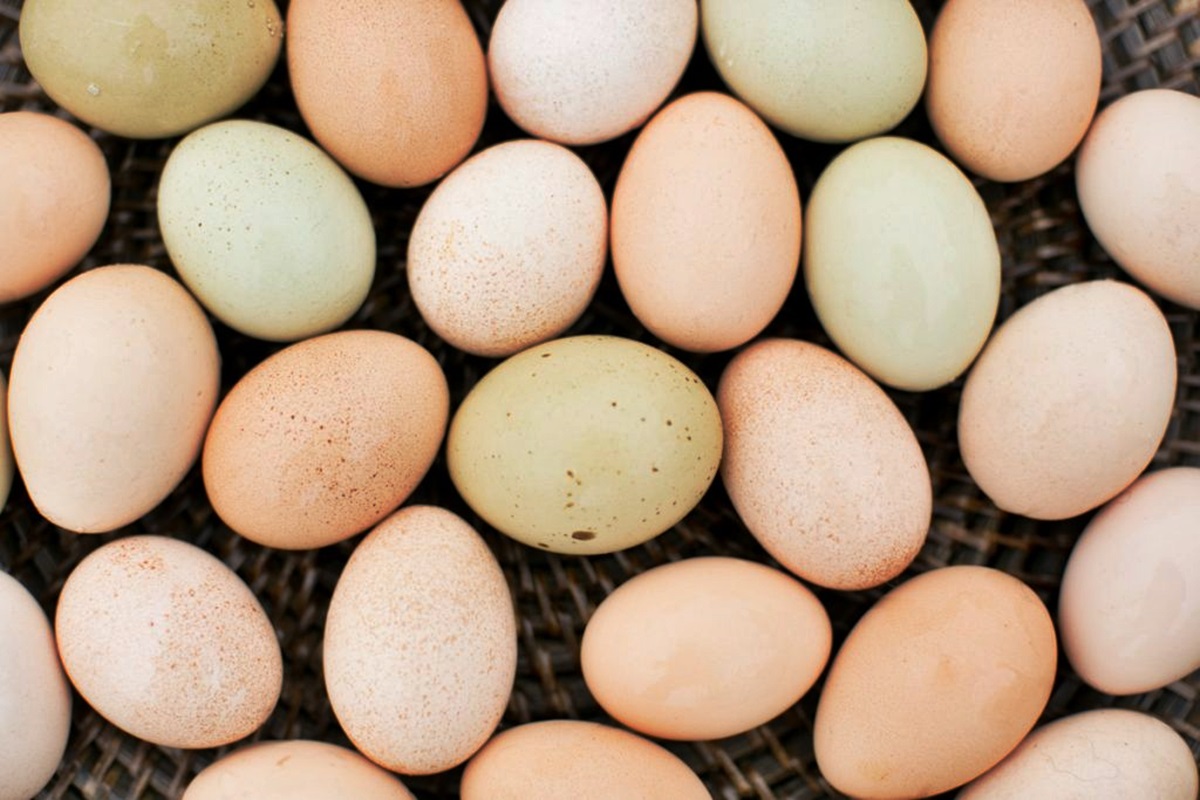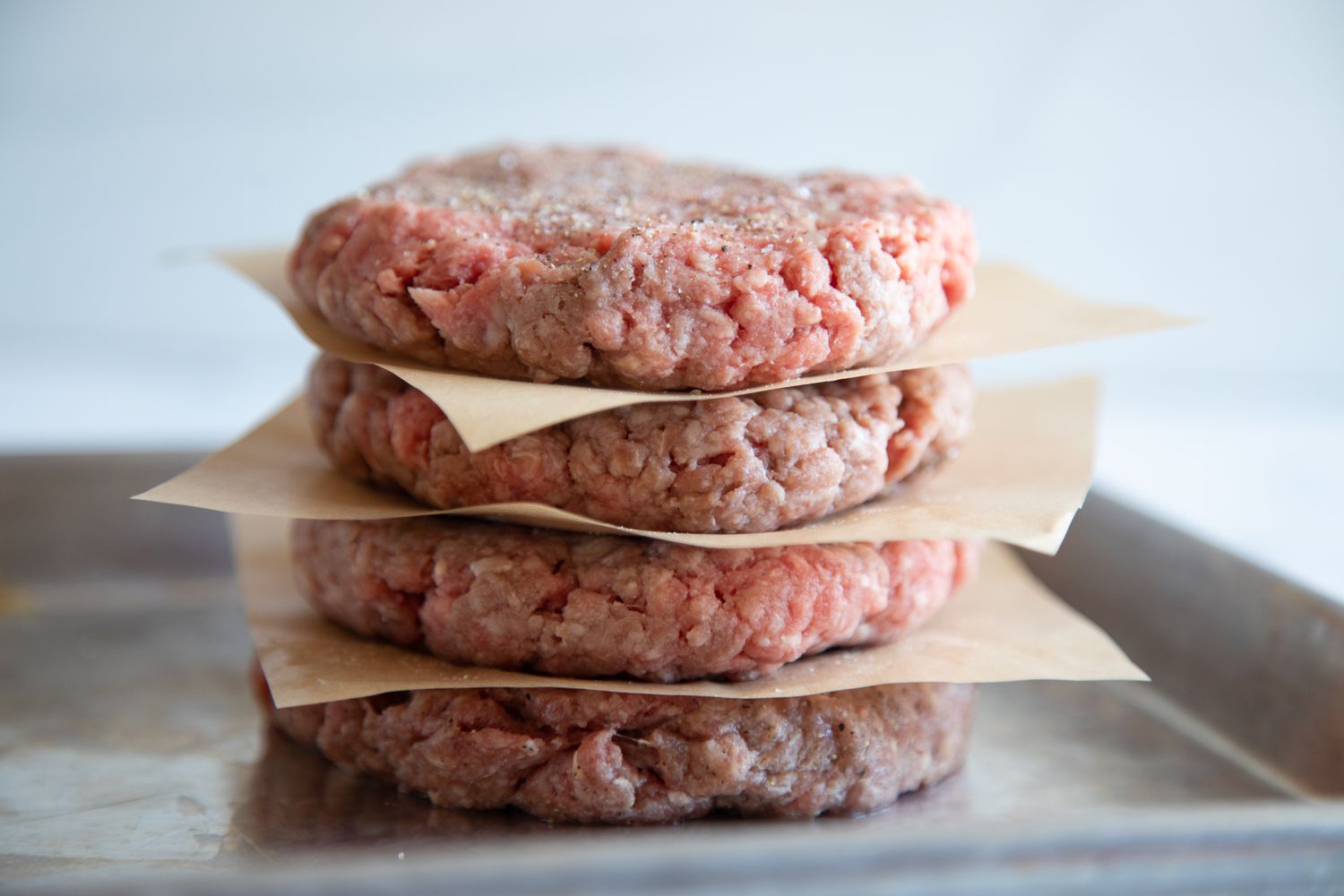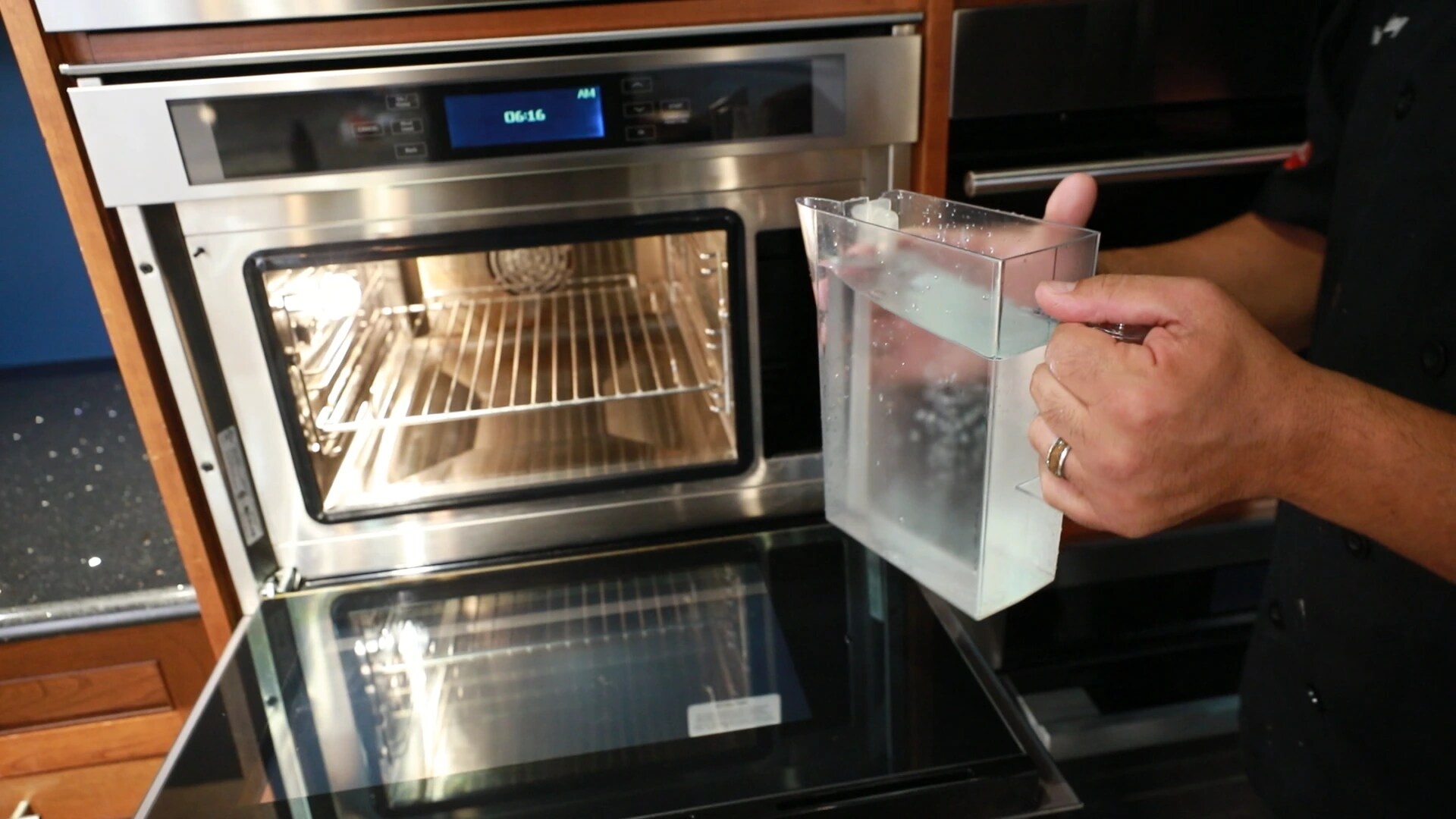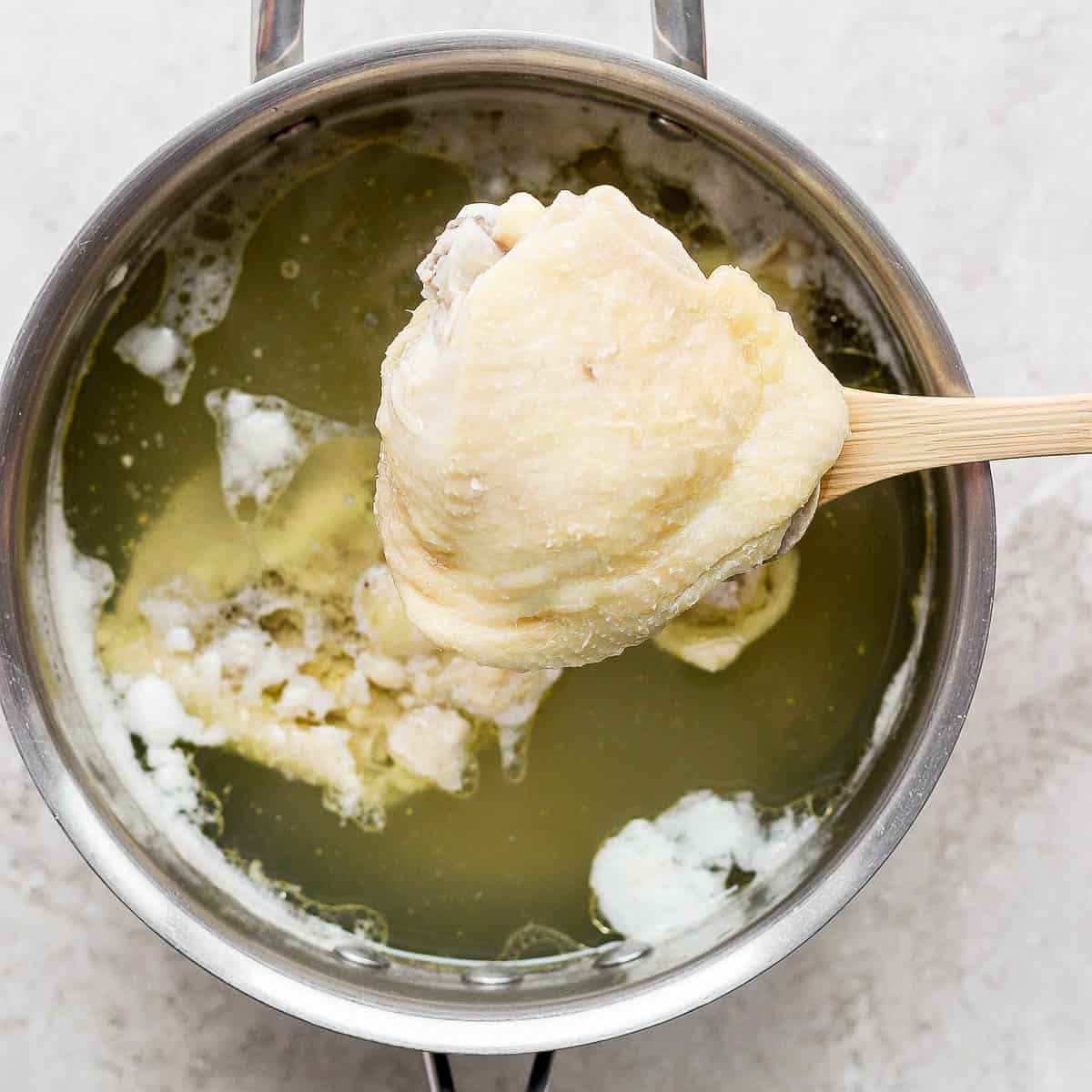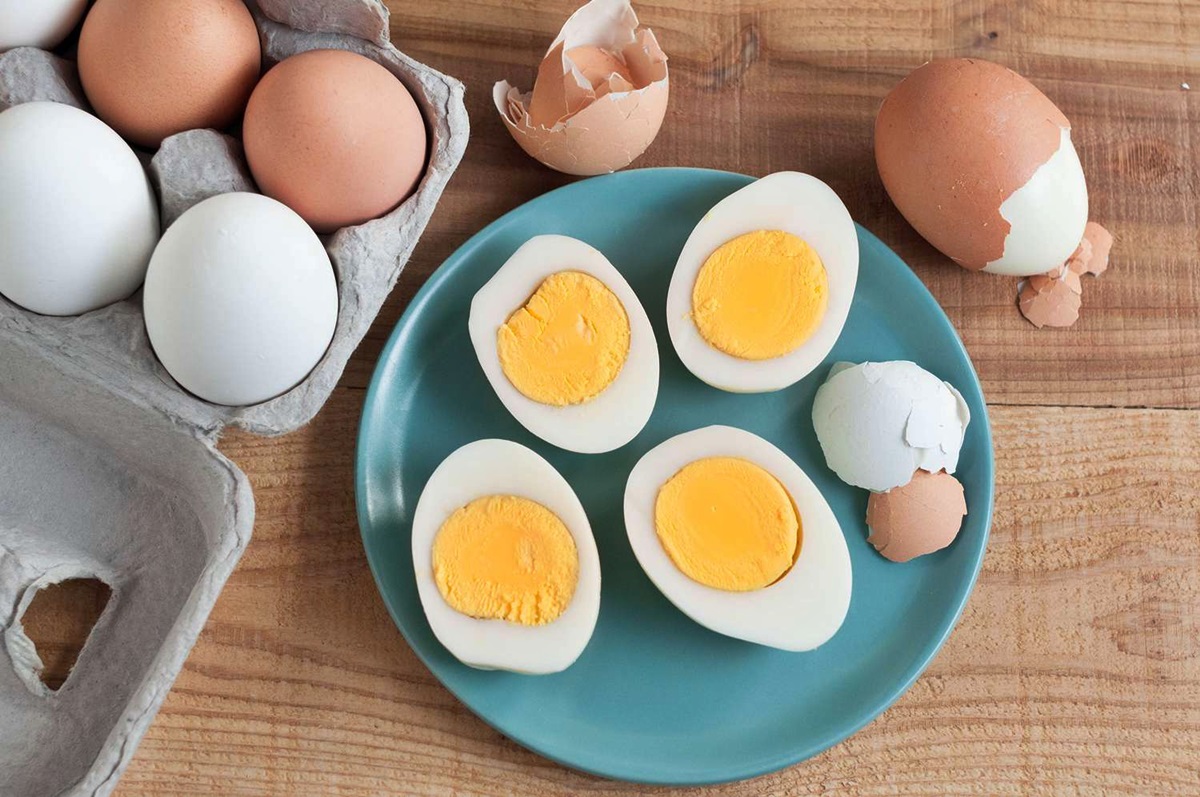How To Boil Cabbage
Boiling cabbage is a simple and nutritious way to enjoy this versatile leafy vegetable. Whether you’re a seasoned chef or a beginner in the kitchen, boiling cabbage is a quick and easy method that brings out its natural flavors. In this article, we’ll guide you through the process of boiling cabbage to perfection.
Step 1: Choose the Cabbage
When it comes to boiling cabbage, choosing the right one is key. Look for a firm and compact head of cabbage without any blemishes or signs of wilting. Green cabbage is the most common variety, but you can also experiment with red cabbage for a vibrant twist.
Step 2: Prep and Core the Cabbage
Before boiling, it’s important to properly prep and core the cabbage. Start by removing any loose or damaged outer leaves. Then, using a sharp knife, carefully cut out the core by making a triangular incision at the base of the cabbage head.
Step 3: Rinse and Chop
After coring the cabbage, give it a thorough rinse under cold water to remove any dirt or debris. Once clean, chop the cabbage into wedges or slices according to your preference. For a more tender result, try slicing the cabbage into thinner pieces.
Step 4: Boil the Cabbage
Now it’s time to get boiling! Place the cabbage pieces in a large pot and add enough water to cover them. For added flavor, you can also season the water with salt, pepper, or your favorite herbs and spices. Bring the water to a boil over high heat.
Once the water reaches a rolling boil, reduce the heat to medium-low and let the cabbage simmer for about 8-10 minutes. Keep an eye on the cabbage to ensure it doesn’t overcook and become mushy. You want it to be tender yet still slightly crisp.
Step 5: Drain and Serve
Using a colander or slotted spoon, carefully remove the boiled cabbage from the pot and drain off any excess water. Transfer the cabbage to a serving dish and season with additional salt and pepper to taste. You can also drizzle some melted butter or olive oil over the cabbage for added richness.
Enjoy the Boiled Cabbage
Boiled cabbage makes a delicious side dish to accompany a variety of meals. Its mild and subtly sweet flavor pairs well with roasted meats, grilled fish, or even on its own as a light and healthy snack. Plus, boiling preserves the cabbage’s nutrients, making it a great choice for a balanced diet.
So next time you find yourself with a fresh head of cabbage in the kitchen, don’t shy away from boiling it. With these simple steps, you’ll have a perfect pot of tender and flavorful cabbage that’s ready to be enjoyed!
For those looking to master the art of boiling cabbage, there are several recipes to try that can showcase this humble vegetable in delicious ways. Start with the Boiled Cabbage and Ham Hocks for a savory and hearty dish that's perfect for a cozy dinner. For a lighter option, the Boiled Cabbage and Quinoa Salad offers a refreshing and nutritious twist. If you're craving something classic, the Classic Boiled Cabbage and Bacon combines simple ingredients for a timeless flavor. Those who enjoy a bit of spice might find the Indian Spiced Boiled Cabbage an exciting adventure for their taste buds. For a comforting meal, the Southern-Style Boiled Cabbage brings a taste of traditional Southern cooking to your table. Each of these recipes provides a unique way to enjoy boiled cabbage while honing your culinary skills.
Was this page helpful?
Read Next: How To Boil Artichokes
